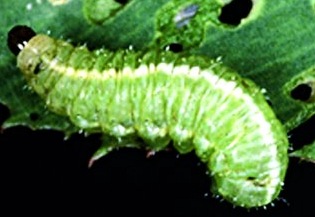 Scouting for field crop insects is not just left to corn and soybean growers. Now is the time for alfalfa producers to begin scouting their fields for alfalfa weevil, an insect that can cause severe defoliation if left unchecked.
Scouting for field crop insects is not just left to corn and soybean growers. Now is the time for alfalfa producers to begin scouting their fields for alfalfa weevil, an insect that can cause severe defoliation if left unchecked.
Many areas across the country have warmed up enough to where alfalfa weevil feeding will become more prevalent. Growers in the South should be scouting fields now, and in the central and northern cornbelt, being scouting fields over the next one to two weeks.
Ohio State University research entomologist Ron Hammond notes that “alfalfa weevil feeding is tied to temperatures. The need for scouting is especially true in southern counties where heat unit accumulation has reached the 300 heat units needed for egg hatch and beginning feeding. Remember that fields that have a south-facing slope tend to warm up sooner and need to be checked for weevil earlier.”
To effectively scout alfalfa fields, entomologists recommend that growers collect a series of three 10-stem randomly selected samples from various locations in a field. Place the stems in a bucket and vigorously shake them, counting the number of alfalfa larvae that fall into the bucket. The height of the alfalfa also should be recorded.
“Economic threshold is based on the number of larvae per stem, the size of the larvae and the height of the alfalfa,” Hammond said. “The detection of one or more large larvae per stem on alfalfa that is 12 inches or less in height indicates a need for rescue treatment. Where alfalfa is between 12 and 16 inches in height, the action threshold should be increased to two to four larvae per stem depending on the vigor of alfalfa growth.”
The adult alfalfa weevil is a small, brown, snout-nosed beetle with a dark stripe down its back. The alfalfa weevil larva is green with a black head and a white stripe down its back. The larvae develop through four stages, or instars. Larvae that are in their third or fourth instar cause the most foliar injury. First cuttings of alfalfa are at the highest risk for defoliation damage.
“Fields that are severely defoliated are left with a brown or bronze appearance,” Hammond said. “Once you see it you don’t forget it.”
The alfalfa weevil is controlled naturally by parasitoids — beneficial species that prey on the weevil and help keep its populations in check. In cases of high populations, the alfalfa weevil can be controlled with insecticides.

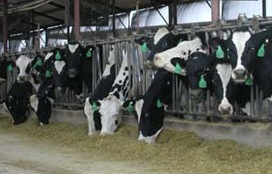 Production continues to rise, even as prices continue to regress.
Production continues to rise, even as prices continue to regress. 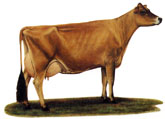 Iowa native Sarah Mullen is moving to the Buckeye State as the new Customer Service Coordinator for
Iowa native Sarah Mullen is moving to the Buckeye State as the new Customer Service Coordinator for  Chances are you’ve used at least one of the biological and pharmaceutical products manufactured by
Chances are you’ve used at least one of the biological and pharmaceutical products manufactured by 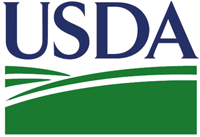 The
The 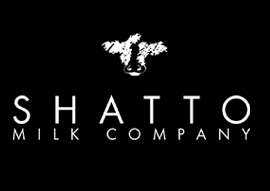 Washington DC in Spring is typically known for its
Washington DC in Spring is typically known for its  A
A 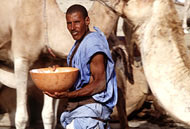 Apparently there’s a lot of humps in the road for the growth in production and distribution of camel milk. The
Apparently there’s a lot of humps in the road for the growth in production and distribution of camel milk. The  Canadian dairy processor
Canadian dairy processor